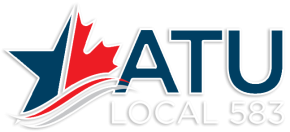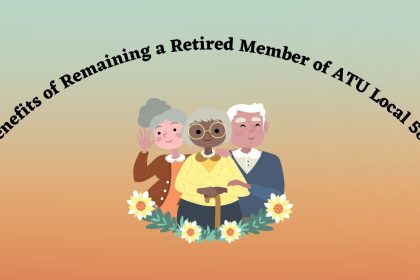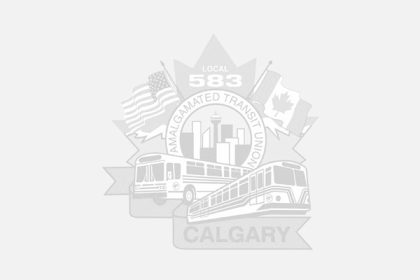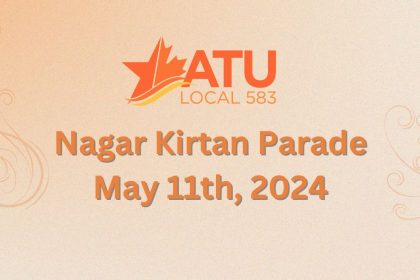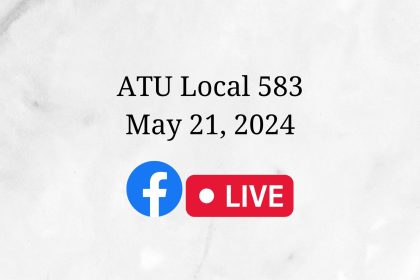In honour of Pride Month, our June blog will unfold some of the integral moments in Canada’s LGBTQIA2S+ history.
Many acknowledge the arrest of Everett Klippert as the catalyst for several LGBTQIA2S+ rights in Canada. He was the last person to be imprisoned in Canada for being gay. Everett, who at one point was a bus operator for Calgary Transit, was sentenced in 1965, to preventative detention (which was indefinite) for being a “dangerous sexual offender”. To be clear, Klippert “confessed” to having sexual relationships with other men and stated he did not believe it was something he could change. He appealed his sentence and it went all the way to the Supreme Court where the appeal was dismissed.
The day after Klippert was convicted, the New Democrat Party leader, Tommy Douglas (many of you will recognize his name from his work in labour) appealed to the Prime Minister and the Minister of Justice, saying that Klippert’s “issue” was psychiatric and not criminal. Within weeks the Minister of Justice (Pierre Trudeau) presented the Criminal Law Amendment Act, 1968-69 (Bill C-150 of 1968), an omnibus Bill which, among other things, decriminalized homosexual acts between consenting adults. The law passed, and these acts were decriminalized in Canada in 1969. Klippert remained in prison until 1971. Once he was released, he went on to live another 25 years with his freedom.
In 1977, Quebec became the first major jurisdiction world wide to prohibit discrimination based on sexual orientation. That same year Canada lifted their ban on gay men immigrating here.
On February 5, 1981 police raided several bathhouses in Toronto under what would be determined as false pretenses in order to discriminate against the men who patronized said establishments.
Approximately 20 were arrested and later most would be found innocent of any charges. This lead to protests against how police were treating LGBT people in Toronto. There were approximately 3000 protesters, and as police attempted to barricade them from continuing, things did turn violent. Public reaction to this protest was favourable towards the LGBT community and largely against how police were treating this community. These raids and the subsequent protest are considered Canada’s equivalent to the Stonewall Riots in the United States.
On January 1, 1991, Toronto had its first Pride Day.
October 27, 1992 saw the lifting of the ban on gay peoples joining the Canadian Forces.
On May 25, 1995, sexual orientation is included in the Canadian Charter of Rights and Freedoms.
In 2005 Canada was officially the first country to sanction same sex marriage.
This is a very abridged overview of the steps to freedom of sexual orientation in Canada. We encourage our Members to investigate the history of LGBTQIA2S+. Everyone deserves to live their lives with dignity and respect. Equality is a fundamental part of Unionism and we are committed to ensuring all of our Members are treated equally, regardless of their gender, religion or sexual orientation.
*Footnote: LGBTQIA2S+ stands for Lesbian, Gay, Bisexual, Transgender, Queer/ Questioning, Intersex, Asexual and Two-Spirit.
